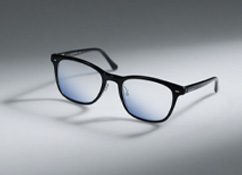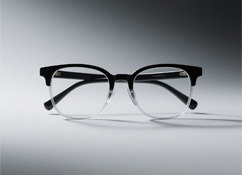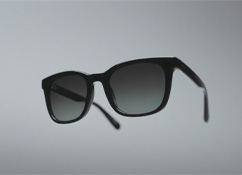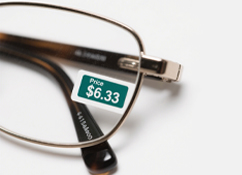What Happens If You Wear Glasses with the Wrong Prescription?
What Happens If You Wear Glasses with the Wrong Prescription?
How Vision Works (and What Goes Wrong)
A healthy eye focuses light from objects directly onto the macula (a small area in the retina), creating a clear image. This image is sent to the brain’s visual center through complex processes, resulting in what we "see."
When light doesn’t focus properly on the macula, it’s called a refractive error (like nearsightedness or farsightedness). The right prescription glasses adjust how light bends, redirecting it to the macula. But glasses with the wrong prescription throw off this focus again—doctors call this "iatrogenic refractive error." It worsens issues like nearsightedness, farsightedness, or astigmatism and causes many harmful effects.
Consequences of Wearing the Wrong Prescription
Immediate and Short-Term Issues
· Blurred vision: You’ll struggle to see clearly, and your eyes’ ability to merge images or judge depth (stereoscopic vision) will suffer. This raises the risk of accidents while walking or driving.
· Eye strain and discomfort: Wearing ill-fitting glasses for too long can cause "accommodative spasm" (tight eye muscles) and fatigue. This often leads to headaches, nausea, or even vomiting. In severe cases, it can disrupt the nervous system and cause strabismus (eye misalignment).
Long-Term Risks, Especially for Children
· Amblyopia ("lazy eye"): Kids’ eyes need clear images to develop properly. The wrong prescription deprives them of this, leading to weak vision in one eye.
· High myopia: Over time, the eye may stretch (lengthen the eyeball) to adapt to the incorrect focus, worsening nearsightedness. High myopia raises risks of serious conditions like retinal detachment, cataracts, or glaucoma.
Impact on Daily Life
For older adults, these issues hinder daily tasks and work. For teens, they hurt focus in school—even lowering grades.
How to Get the Right Glasses
A proper prescription is critical. If you have a refractive error:
1. Get a professional eye exam first, preferably at a hospital, to confirm the issue.
2. Eye doctors will tailor prescriptions to your age, eye alignment, and other factors.
3. Even with a correct prescription, avoid cheap, unregulated glasses (e.g., from discount markets)—they may not match the prescription. Choose reputable sources like hospital optical centers or trusted stores.











